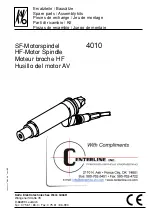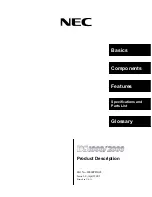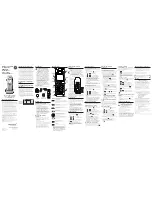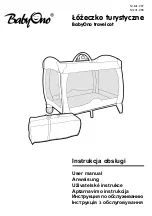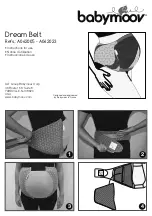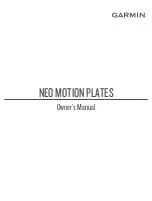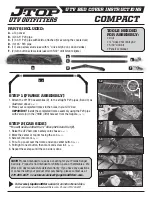
18
Beijing is
“UTC +480 minutes”
Sydney is
“UTC +600 minutes”
All the time zones in North America are
“UTC –“, as shown in the following table, so ensure the
display
shows “
UTC -
” instead of “
UTC +
” if in North or South America.
Time Zone
Hawaii
Alaska
Pacific
Mountain
Central
Eastern
Hour behind UT
-10
-9
-8
-7
-6
-5
Enter UTC
-600
-540
-480
-420
-360
-300
To adjust minutes, move the cursor to each digit and use the number keys to input the number
directly. Use
▲ or ▼ key to toggle between “
+
” and “
-
”. When the time one information entered is correct,
press ENTER and go back to the previous screen. Note that fractional time zones can be entered.
Do not manually add or subtract an hour from displayed time to reflect Daylight Saving Time
(DST).
Only select “
Y
” after DST begins.
For other parts of the world you can find your “time zone” information from internet.
Set Observation Site Coordinates
The third and fourth lines display the longitude and latitude coordinates respectively. The longitude
and latitude coordinates will be automatically updated when the GPS picks up a
satellite signal. “W/E”
means Western/Eastern H
emisphere; “N/S” means Northern/Southern Hemisphere; “d” means degree; “m”
means minute; and “s” means second.
If, for any reason, your GPS does not pick up the satellite signal, you can manually enter your
longitude and latitude coordinates. Press the
◄ or ► key to move the cursor, use the ▲ or ▼ key to toggle
between “W” and “E”, and “N” and “S”, and use the number keys to change the numbers. It is always a good
idea to do your homework and get longitude and latitude coordinates before traveling to a new observation
site.
The site coordinates information can be found from your smart phone, GPS receiver or via the
internet. Site information in decimal format can be converted into d:m:s format by multiplying the decimal
numbers by 60. For example, N47.5
3 can be changed to N47º31'48”: 47.53º = 47º +0.53º,
0.53º=0.53x60'=31.8', 0.8'=0.8x60"=48". Therefore, 47.53º=47º31'48" or 47d31m48s.
Select N/S Hemisphere
The Northern/Southern Hemisphere will be selected automatically when the latitude is set, unless
the latitude is near the equator. When the latitude is between -10° ~ +10°, set it to Northern Hemisphere if
the polar axis is pointing to North, or Southern Hemisphere if the polar axis is pointing to South.
STEP 9. Set the Zero Position
Zero Position is the mount starting reference point which ensures the GOTO performance. Press
MENU
=> “
Zero Position
” => “
Search Zero Position
” to let the mount search the Zero Position. Follow the
instruction on hand controller display to adjust the Zero Position if RA or DEC is not aligned. Or press
MENU
=> “
Zero Position
” => “
Set Zero Position
”, to manually set the mount to Zero Position. Loosen the
DEC and R.A. Gear Switches in turn to adjust the mount to the Zero Position. Engage the clutches after
each adjustment.
STEP 10. Polar Alignment
In order for an equatorial mount to track properly, it has to be accurately polar aligned. CEM70G and
CEM70 are equipped with an iPolar
TM
electronic polar.
Содержание C704A0
Страница 32: ...32...































